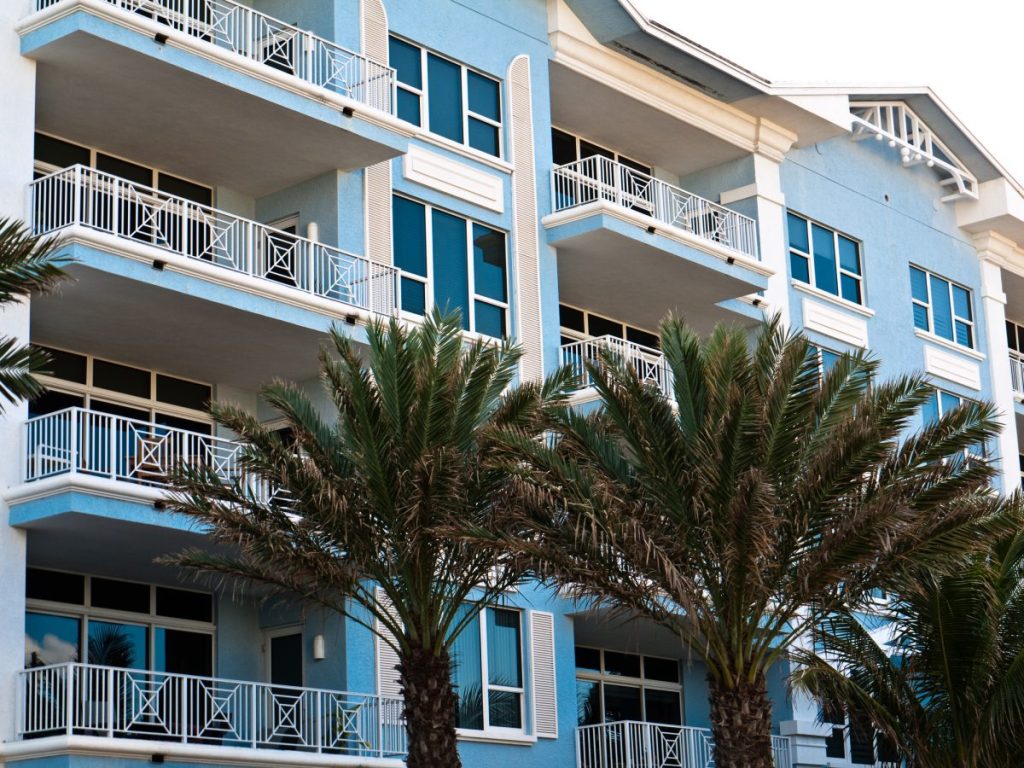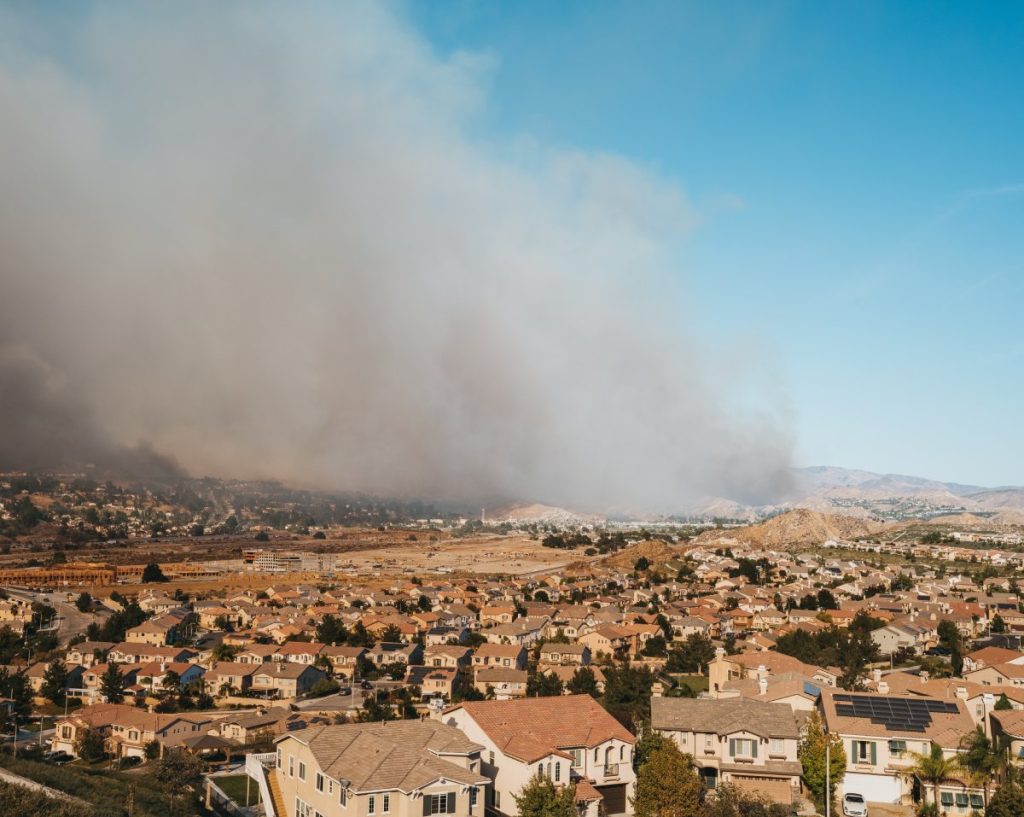(Note: This guest blog is by Andrew Smith, a certified roof inspector with Roof Leak Detection Company, Inc.1)
Hailstorms are one of the most unpredictable natural disasters that occur throughout the country, primarily, but not limited to, the Midwest and Central states. These storms tend to be semi-seasonal, spontaneous, and typically without warning. When a hailstorm strikes, we seek shelter and enjoy at the spectacle being played out before our eyes. The sound of the impacts pound like a beating drum against the roof flinch at the sound of each thud, and after the storm we go outside check out the damage. We see damaged trees, a carpet of hailstones blanket the yard, and numerous small dents on the hood of your car. So you think to yourself: “Why call the insurance company? They would just come out, take a quick look at my car and tell me that the hail wasn’t big enough to cause real damage. It’s nothing that a wash and wax couldn’t fix. Maybe my rates would increase and they might even drop my coverage.” You don’t take any pictures, go back inside and forget all about it.
A few days, weeks, or maybe even some months pass and you notice a small stain on your ceiling. You don’t put two and two together that it may have been that hailstorm, way back when. Again you think to yourself: “Why call the insurance company. They would just come out, take a quick look at it and tell me that the hail wasn’t big enough to cause real damage. I’ll just call Joe Handyman and he’ll fix it.” So eventually that stain has grown larger, the drywall cracks, and during every storm you need to put a bucket under it to catch the steady stream of water. Soon the drywall collapses, some of you possessions get ruined, and the foul odor of mold and mildew fills the house. You’ve spent a couple thousand dollars to Joe Handyman and it still leaks. Now you really tell yourself: “What do I do now? Wait a minute; it’s time to call the insurance company! They will help fix it and maybe they will help me recover my expenses!”
Now a few weeks later they send out an adjuster, he take a few pictures, maybe he climbs the roof, sees a couple missing shingles, and then he asks you some serious questions like: “Mr. Doe, do remember when this started to happen? Why did you wait so long to call us to file a claim? Did you take any pictures? It may have been a hailstorm, but by the looks of it, those questionable hailstone impacts are far too small to have caused any real damage. And Mr. Doe, the roof appears to be old and way past its useful service life. We’ll get back to you.” He leaves a half an hour later and a month passes and the leak and damages get worse. Patiently you wait until finally they send you a letter stating: “Mr. Doe, we have doubts as to veracity of your claim. According to our visual inspection, it may have been hailstone impact damage, but the damage appears to be far too old, and there is some observable deterioration of the roofing materials. Based upon our visual inspection we conclude the roof leak is due to extensive natural weathering of roofing materials, neglect, and the damage to your property might be due to the F-word: FRAUD.” Now you wonder why I didn’t call a public adjuster, lawyer or an independent roof inspection company first. Maybe things could have been worked out differently, but: “What do I do now?”
As a residential or a commercial property owner you typically do not understand the true damaging nature of a hail storm until days, weeks, or even months later. Eventually the collateral damages to your property begin a long-term spiral of multiple systems failure. What we must not forget is the immediately after the hailstorm the key to protecting your assets is documenting the damage on the date of loss. Without documentation and an inspection of your roofing system immediately after the hailstorm, the insurance claim process will become inherently difficult. As a property owner you have should have an evaluation of your roofing system performed by an independent inspection company in a timely manner. You should contact a firm with trained specialists (and not beholden to Insurance carriers or the Insured) who understand the science of hailstone impact damage, are trained to determine how hailstorms impacts the long term performance and useful service life of your of your roofing system, and utilize all scientific tools and methodologies necessary in order to determine the means and mode of roof system failure so they can accurately formulate an objective conclusion.
To truly understand the nature of hailstorm damage inspection process one must start from the beginning. Shortly after a hailstorm and before hail melts, leaving you without tangible and quantifiable evidence of the culprit, take multiple pictures. Take pictures of every facet and angle of your property including anything that may assist in filing and facilitating the process in recovering your material loss. Take as many digital pictures as you can including, but not limited to, the walls, the roof, air-conditioning units, windows, and especially multiple measurements of multiple hailstones before they melt! One may get the impression that just because of the relative size of the hailstone, type of roofing system, and its age, that damage could not have been caused. Hailstones can be round or jagged chunks, the size of a pea or as large as softball. They will appear to be as dense as snow flake or as hard as a rock. But do not let appearances and physical evidence fool you, there is much more to them than meets the eye!
When inspecting potential hailstone impact damages to your roofing system and roof top appurtenances, typically most obvious visual clues are spatter marks and dents, but at times there may be no real visual evidence. Hailstone impacts to roofing materials can vary from system to system, either commercial or residential. Whether its modified bitumen, BUR, TPO, tile, shake, or shingle roofing system, hailstone impacts will come in many shapes and sizes. Visual evidence is only one part of the inspection process and employed by itself will always limit the ability of the inspector to formulate an accurate and objective conclusion. As an inspector (one might call me a Roof Leak Detective) trained in forensic roof system analysis, the extent of hailstone impact damage is often elusive and concealed. So I must put on my detective hat and dig deep into my tool box to solve the crime.
As a certified roof inspector I begin the inspection by a visual inspection of the entire roofing system. As with anything, things are not necessarily what they appear to be. Despite of all of my training and experience, a visual inspection will inherently limit my ability to determine the extent of hailstorm impact damages to a roofing system. So we must broaden the scope of my forensic roof system evaluation. This evaluation will now require the application and utilization of real science which includes using weather data, test equipment, and established methodology, and certified training. The cumulative application of science will expand the process of the qualification and qualification of the hailstone damage to determine the means and mode of roof system failure so they can accurately formulate an objective conclusion.
Weather data and published scientific research of hailstone impact damages to roofing systems and materials are readily available to the public and are invaluable. There have been extensive research projects that have attempted to determine the thresholds of roofing materials to withstand the hailstones ability to functionally impair and limit their expected service life. Testing laboratories have created elaborate means to document the effects of hailstones on a variety of materials to determine the impact thresholds, from ice ball launchers (IBL) and drop testing with metal balls. The testing is performed in a sterile laboratory environment utilizing stones and balls in variety of sizes, weight, and densities to simulate “real” hailstones. In conjunction with these two test methods a procedure called roof membrane desaturation is often utilized. Roof membrane desaturation is a process which removes the asphaltic materials from the membrane to extract the internal reinforcements. Once removed, the internal reinforcements are microscopically analyzed for fractures and stress damages indicative of hailstone impacts.
It is our opinion that although impact and drop testing in a laboratory setting is sound scientific process, is it is difficult to simulate the extent of the hailstone damage in the field. The testing may not account for the natural conditions and erratic variables that occur during a natural hailstorm. These variables are more often than not unpredictable which include but are not limited to: multiple hailstone sizes, shapes, and density; direct or oblique impacts; windborne debris dispersion; and variable wind speed and directionality. Based upon these variables it is ultimately necessary as a roof inspector to perform an objective roof system evaluation utilizing all scientific tools and established methodologies available to determine the means and mode of roof system failure so that they can accurately formulate an objective conclusion.
As a certified roof consulting, testing, and engineering firm, it is the goal of Roof Leak Detection to perform all of our forensic roof system evaluation based upon science. Applying our scientific testing which include roof moisture surveys, core sample gravimetric analysis, roof membrane sample desaturation, and uplift testing with our defined inspection methodology assists in providing all our clients with the best tools available. A detailed visual evaluation is just one more invaluable tool in the inspection process to assist in the hailstorm damage analysis, and provide a snap-shot of the condition of the roofing system before and after any storm event. In conclusion, an evaluation of your roofing system should be performed in a timely manner. Without documentation, the insurance claim process will become inherently difficult and potentially protracted. When in doubt contact a public adjuster, lawyer and/or an independent roof consulting firm that will guide you through the process and to insure you are getting the most objective and independent evaluation by trained professionals.
1 [Roof Leak Detection Company is not a roofing contractor and does not sell any roofing material]


